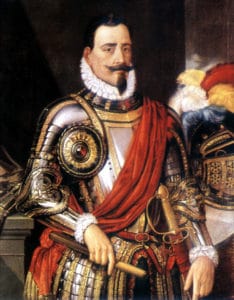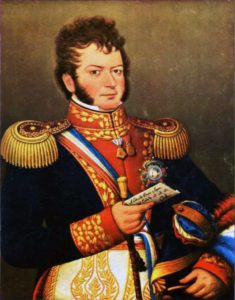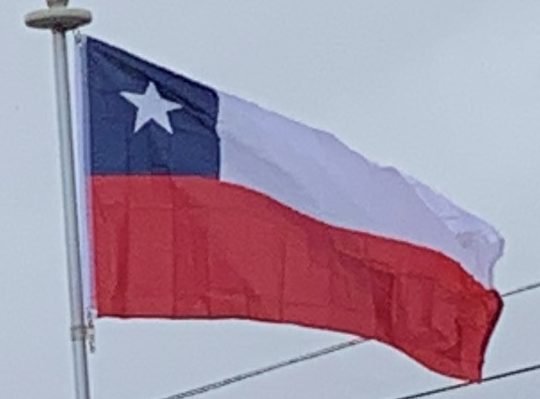
Cut off to the north by desert, to the south by the Mapuche, to the east by the Andes Mountains, and to the west by the ocean, Chile became one of the most centralized, homogeneous colonies in Spanish America. Serving as a sort of frontier garrison, the colony found itself with the mission of forestalling encroachment by both the Mapuche and Spain’s European enemies, especially the British and the Dutch. Buccaneers and English adventurers menaced the colony in addition to the Mapuche, as was shown by Sir Francis Drake’s 1578 raid on Valparaíso, the colony’s principal port. Chile hosted one of the largest standing armies in the Americas, making it one of the most militarized of the Spanish possessions, as well as a drain on the treasury of the Viceroyalty of Peru.
Independence and Nation Building:
In 1808, Napoleon’s enthronement of his brother Joseph as the Spanish King precipitated the drive by the colony for independence from Spain. A national junta in the name of Ferdinand – heir to the deposed king – was formed on 18 September 1810. The Government Junta of Chile proclaimed Chile an autonomous republic within the Spanish monarchy.
After these events, a movement for total independence, under the command of José Miguel Carrera and his two brothers Juan José and Luis Carrera, soon gained a wider following. Spanish attempts to re-impose arbitrary rule during what was called the Reconquista led to a prolonged struggle, including infighting from Bernardo O’Higgins, who challenged Carrera’s leadership.

Intermittent warfare continued until 1817. With Carrera in prison in Argentina, O’Higgins and anti-Carrera cohort José de San Martín, hero of the Argentine War of Independence, led an army that crossed the Andes into Chile and defeated the royalists. On 12 February 1818, Chile was proclaimed an independent republic. The political revolt brought little social change, however, and 19th-century Chilean society preserved the essence of the stratified colonial social structure, which was greatly influenced by family politics and the Roman Catholic Church. A strong presidency eventually emerged, but wealthy landowners remained powerful.
Chile slowly started to expand its influence and to establish its borders. By the Tantauco Treaty, the archipelago of Chiloé was incorporated in 1826. The economy began to boom due to the discovery of silver ore in Chañarcillo, and the growing trade of the port of Valparaíso, which led to conflict over maritime supremacy in the Pacific with Peru. At the same time, attempts were made to strengthen sovereignty in southern Chile intensifying penetration into Araucanía and colonizing Llanquihue with German immigrants in 1848. Through the founding of Fort Bulnes by the Schooner Ancud under the command of John Williams Wilson, the Magallanes region joined the country in 1843, while the Antofagasta region, at the time part of Bolivia, began to fill with people.
Toward the end of the 19th century, the government in Santiago consolidated its position in the south by the Occupation of Araucanía. The Boundary treaty of 1881 between Chile and Argentina confirmed Chilean sovereignty over the Strait of Magellan. As a result of the War of the Pacific with Peru and Bolivia (1879–83), Chile expanded its territory northward by almost one-third, eliminating Bolivia’s access to the Pacific, and acquired valuable nitrate deposits, the exploitation of which led to an era of national affluence. Chile had joined the stand as one of the high-income countries in South America by 1870.
